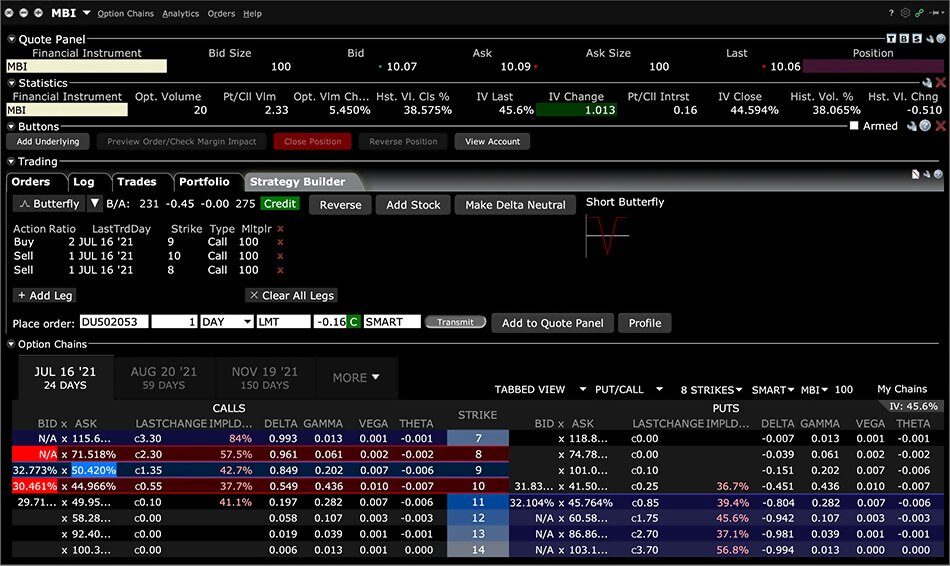Introduction:

Image: fintrakk.com
In the ever-evolving financial landscape, options trading has emerged as a powerful tool for discerning investors seeking heightened returns. These instruments offer a sophisticated layer of flexibility, allowing one to navigate market movements with precision and potentially generate substantial profits. Dive into this in-depth exploration of options trading, where we will unveil its multifaceted nature and empower you with the knowledge to harness its transformative potential.
Decoding Options: A Bridge between Risk and Reward:
Options contracts, in essence, represent a right, but not an obligation, to buy (call option) or sell (put option) an underlying asset at a predetermined price on or before a specified date. This unique characteristic distinguishes them from stocks or bonds and opens up a world of opportunities for strategic trading.
Types of Options: Tailoring Contracts to Diverse Needs:
The world of options trading offers a diverse range of contracts tailored to meet the varying objectives of investors. European options, for instance, can only be exercised on their expiration date, while American options afford the flexibility of exercise at any time before expiration. In terms of underlying assets, options can be linked to stocks, indices, currencies, commodities, or even other options.
The Anatomy of an Option Contract: Drilling Down the Details:
Each options contract is defined by its underlying asset, strike price, expiration date, and premium. The strike price represents the predetermined price at which the underlying asset can be bought or sold. The expiration date marks the end of the contract period, after which the option expires worthless. Lastly, the premium refers to the price an investor pays to acquire the option contract.
Options Strategies: A Spectrum of Tactical Approaches:
Options trading empowers investors with a plethora of strategies designed to optimize risk-reward profiles. Covered calls involve selling a call option against the underlying asset owned, generating additional income. Put selling, on the other hand, entails selling a put option, implying a belief that the underlying asset’s value will not fall below a certain threshold.
Leveraging Options for Income Generation and Hedging:
A hallmark of options trading lies in its versatility. It presents opportunities not only for profit-making but also for mitigating risks inherent in market fluctuations. By executing strategic options strategies, investors can create income streams or hedge their existing investments against potential losses.
Embracing Risk Management: A Foundation for Trading Success:
While options trading offers immense potential, it is imperative to acknowledge its inherent risks. Meticulous risk management practices, such as understanding the Greeks (measures of option sensitivity) and employing stop-loss orders, are crucial to mitigate potential losses.
Conclusion:
Options trading is a dynamic and rewarding endeavor that empowers investors to actively shape their financial destinies. With a deep understanding of its concepts and strategic application, it’s possible to harness its power to generate returns and mitigate risks in the ever-changing market landscape. Embrace the world of options trading, embrace the limitless possibilities, and unlock the full spectrum of financial opportunities that await.

Image: www.angelone.in
What Are Option In Trading

Image: www.interactivebrokers.com






